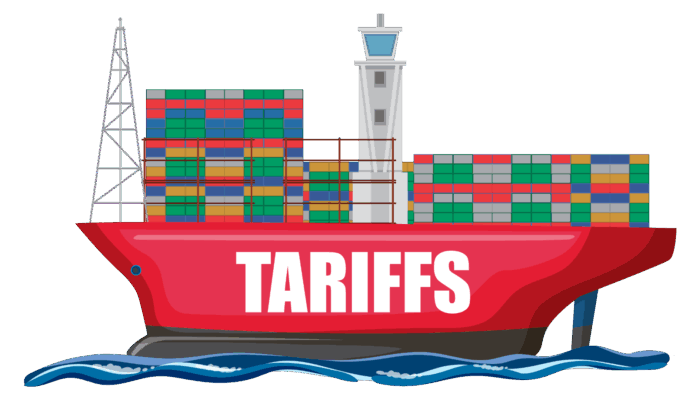Today, consumers expect to find your products in many channels. Which means you are now selling from more places than ever before. This not only includes your physical stores, but also online, marketplaces, social channels, mobile, in-store kiosks—the list goes on. And that means your stock is likely sitting in many different locations. Where? This could include warehouses, 3PLs, distribution centers and even with drop ship vendors.
All of these options lead to fulfillment complexity and challenges with product availability. So how can you get more control over what you sell where? And segment your stock by channel, market or region? With virtual inventory catalogs.
What is virtual inventory?
Virtual inventory allows you to control what is sold in each channel or region. You can create virtual pools of inventory that can be segmented in many ways—including by channel, market, region, product—and include inventory rules such as buffers or exclusions. How can you best use virtual catalogs? Let’s explore the top 5 use cases where virtual catalogs will allow you to craft better experiences—and increase profits.
1. Sell products on marketplaces or social channels
Not every product makes sense to be sold in every channel. Each one is different. And what you offer on marketplaces or channels may vary compared to what you sell elsewhere. With virtual catalogs, you can easily control which products or categories you make Available to Promise (ATP) in your preferred marketplaces or social channels. Need to set different buffer or safety level stocks for each? No problem. That’s easy to accomplish with virtual inventory catalogs.
2. Segment inventory by banner
If you have multiple banners or brands, it’s time to get creative. Market leaders are innovating with cross brand shopping and experiences. They’re making products from one brand available in the online store for another. However not all products make sense for cross promotion. But with virtual inventory segmentation you can control which products are made available to each brand, and set custom buffers or safety stock for each.
3. Segment inventory by region or country
Not all products make sense to ship internationally. Think heavy or fragile items or restricted items. Or you may only want to ship international orders from locations set up to handle customs processing. With virtual catalogs, you can easily manage product availability by region. Set rules and even manage product or category exclusions. Have items you don’t want to ship abroad? You can set rules so they are always excluded from being Available to Promise in a specific region. Or maybe you are a luxury retailer that sells in many countries, but you need to make more stock Available to Sell in one specific region. With virtual catalogs, you have the flexibility to adjust as you need.
4. Test new markets
New markets are exciting. But they also are unknown. Will your top selling items be just as successful? Or, will other products be a better fit for your new market? That’s where virtual inventory catalogs can help. You can easily segment your inventory to test certain products or categories in your new market. Selling well? Great. Now you can open up your full line with confidence. With virtual inventory you can easily make more units Available to Promise in your new market. And the opposite is true as well. Product A is not doing well, but you’d like to test out Product B? No problem. With virtual inventory, you have the agility to adjust to demand.
5. Reserve inventory for VIPs
Your VIP customers are important. But how can virtual catalogs help? You can create a special pool of inventory that is only available to a few. That way your most important customers won’t be disappointed. What’s more, you can offer your VIPs different delivery options or perks, and even control back-end sourcing so they get their order faster. How? Virtual inventory lets you leverage and prioritize all pools of stock—internally or with third parties—to ensure fast, optimal fulfillment every time.
Summary
If you have multiple sales channels, being able to manage your product availability in each one is essential. With Fluent Order Management’s virtual catalogs, you can set up rules to segment your stock so you can control what you sell in each channel, market, or region. What’s more you can apply buffer or safety stock levels to categories, products or locations to ensure you don’t oversell and have to cancel orders. That means virtual catalogs are essential if you want to reduce customer disappointment and improve your overall customer experience. Especially if you’re adding sales channels or expanding into new markets. With Fluent Order Management you can confidently grow and scale anywhere across the globe.
To learn more about how Fluent Order Management and virtual catalogs can improve your product availability, schedule a demo today.



